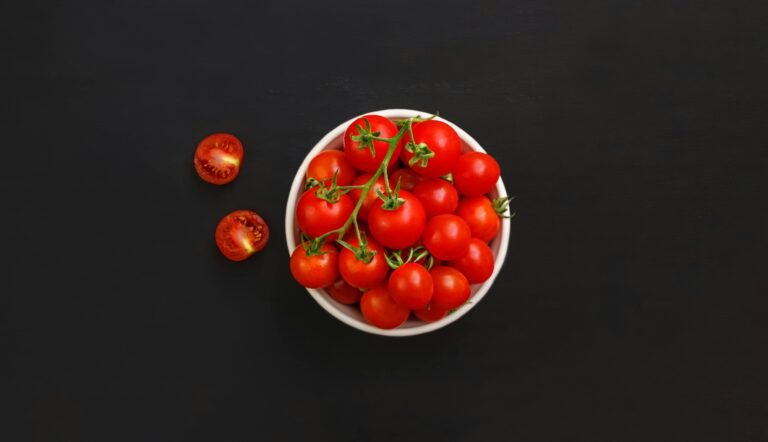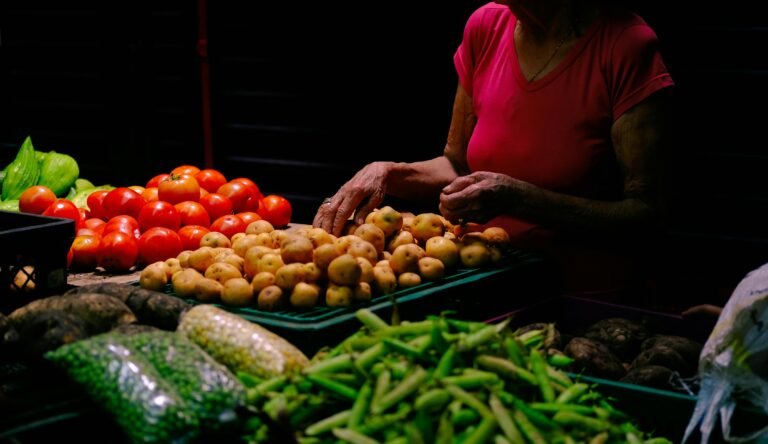Foods rich in iodine for the metabolism: do you eat them?
The bad news is that according to this study , sponsored byGrana Padano Nutritional Observatory, only 5% of Italians take enough iodine in their diet, while ten percent of our population suffers from goiter precisely due to a sufficient lack of iodine. That is, six million Italians have an enlarged thyroid gland, which cannot naturally produce hormones due to a lack of iodine.
Iodine is an essential trace element for the health of our metabolism and for the proper functioning of the thyroid: our body has a minimum amount of it, so we must take it through our diet. Not too difficult, actually, because foods rich in iodine are also foods that we can eat very frequently.
So why is it that so many Italians take very little?
And why is it that more and more Italians have thyroid problems?
I hazard a few hypotheses, or rather two, regarding the diet.
The first is that in recent years the widespread use of whole salt from non-marine origin , very fashionable, has depleted our diet of iodine: an example is Himalayan pink salt, very trendy (it’s pink!) But practically iodine-free.
The second is the phobia of salt , for which many people are convinced that it is necessary to avoid salting the dishes, use very little salt, without knowing that using very little salt has more serious consequences than using a little more, undoubtedly more serious. ( sources )
You will tell me: yes oh well, but it is not that iodine is found only in salt. Of course not, but we use salt every day, absolutely everyone.
And it is better to choose it marine, or, for those who eat few iodine-rich foods, iodized, to consume up to 5 grams per person at most.
On page two we see which foods are rich in iodine. And how easy it is to integrate them into your diet





























+ There are no comments
Add yours